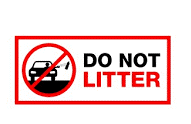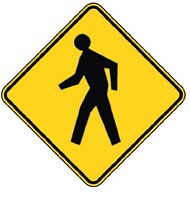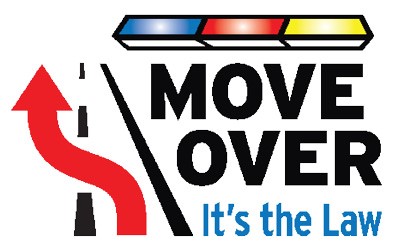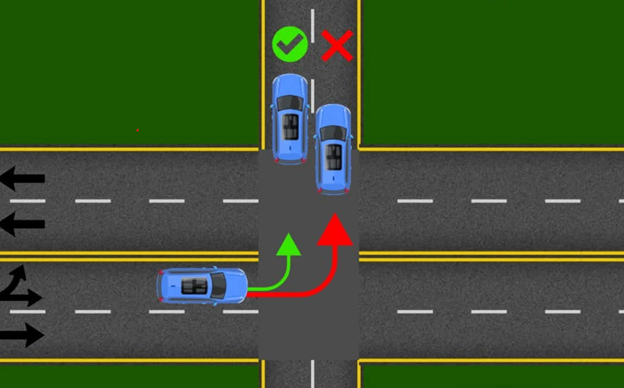About
Traffic
 Slower Traffic, Duty to Keep Right
Slower Traffic, Duty to Keep Right
OCGA 40-6-40(b)
Slower traffic must keep right and all traffic in the left lane must yield to traffic approaching from behind.
 Distracted Driving/Driver to Exercise Due Care
Distracted Driving/Driver to Exercise Due Care
OCGA 40-6-241
Distracted driving is anything that deters a driver from paying attention to the road. There are three different categories of distractions for drivers.
- Visual distractions are anything that takes your visual field away from your driving.
- Manual distractions refer to any activity that requires a driver to remove their hands from the wheel.
- Cognitive distractions are anything that diverts attention away from the road.
Examples of distracted driving include:
- talking or texting on your cell
- reaching over to retrieve an item
- eating or drinking
- changing radio stations
- daydreaming
- thinking about a problems at home or at work.
- fixing hair or makeup
- interacting with other passengers or pets
- looking at social media
According to Georgia's hands-free law, drivers are not allowed to hold a phone in their hand or support it with their body while operating a vehicle, including those that are stopped at a stop sign or traffic signal. Hands-free devices can be utilized.
 Stop Signs
Stop Signs
OCGA 40-6-72
Except when directed by a police officer, a driver must come to a complete stop before the stop line or crosswalk, if there is one. If there isn’t, stop before entering the intersection. After stopping, yield the right-of-way to any vehicle in the intersection or approaching on another roadway.
THIS MEANS THAT YOU MUST YIELD TO ANYONE GOING STRAIGHT OR TURNING RIGHT IF YOU ARE ATTEMPTING TO TURN LEFT…NO MATTER WHO ARRIVED AT THE SIGN FIRST. The only exceptions are at 3-way and 4-way stop signs. At these intersections, the person arriving first goes first. When arriving at the same time, the driver on the right goes first.
Pausing does not count as a stop. It does not count if you stop behind another car. You must stop at the marked stop line.
 Littering
Littering
OCGA 40-6-249
OCGA 16-7-43
O.C.G.A. 40-6-249 states that it is unlawful for any person to litter on a highway.
O.C.G.A. 16-7-43 deems it unlawful for any person or persons to dump, deposit, throw, or leave litter on any public or private property in this state or any waters in this state.
 Crosswalks, Right of Way
Crosswalks, Right of Way
OCGA 40-6-91
If there is a pedestrian in a crosswalk, all approaching vehicles must stop at that crosswalk and wait for the pedestrian to pass.
 Move Over Law
Move Over Law
OCGA 40-6-16
In Georgia and many other states, it is the law for motorists to move over to make room for emergency vehicles, DOT workers, and police cars because too many people have died after being hit by a car while stopped in traffic, responding to an emergency, or performing roadside maintenance. When an emergency or maintenance vehicle with flashing lights is stopped on the road or the road shoulder, drivers are required to move over. Moving over is required for:
- Emergency Vehicle (Law Enforcement, EMS, and Fire)
- DOT maintenance trucks
- Wrecker and tow trucks
On a multi-lane road, motorists must move over at least one lane away from the emergency or maintenance crew when lights are flashing. On single-lane roads, motorists must slow down below the posted speed limit and be prepared to stop at any moment while passing a parked emergency vehicle.
 Turning at Intersections
Turning at Intersections
OCGA 40-6-120
When making a right turn, it must be made a close as practable to the right-hand curb or edgeof the roadway.
When making a left turn, it shall be made to the left of the center of the intersection.
Vehicles are not permitted to make a lane change once they have entered the intersection.
Accordion Title
Accordion Content
Accordion Title
Accordion Content
Accordion Title
Accordion Content
Accordion Title
Accordion Content
Accordion Title
Accordion Content
